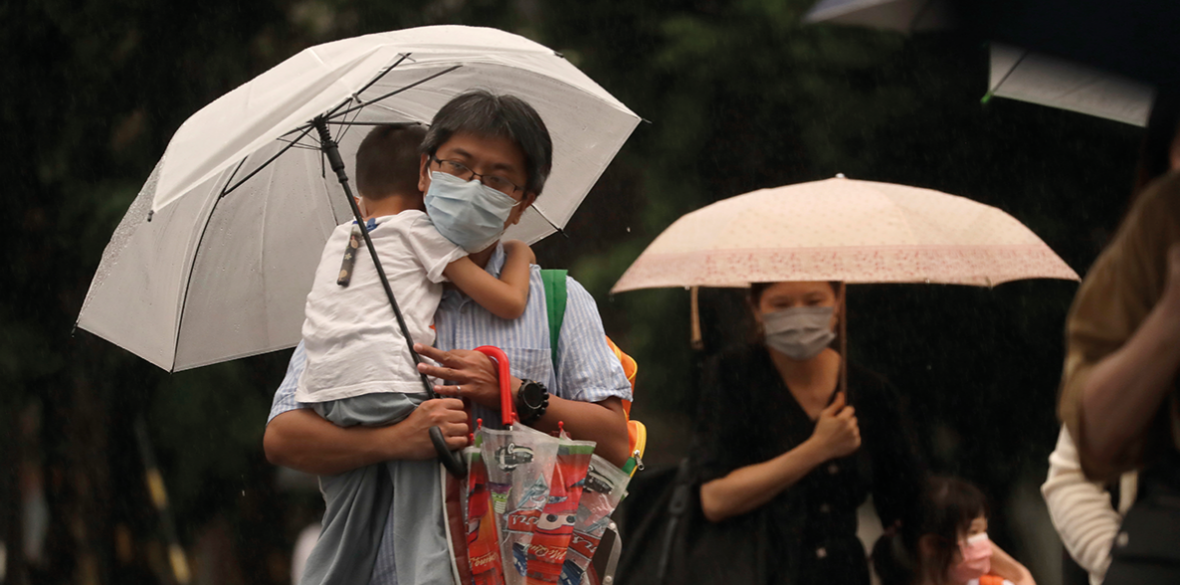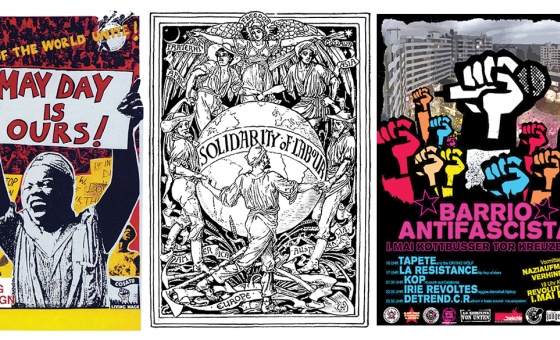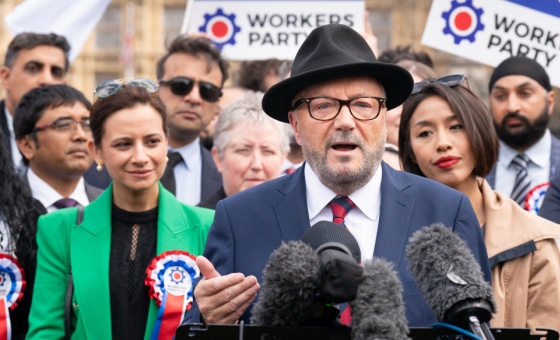This is the last article you can read this month
You can read more article this month
You can read more articles this month
Sorry your limit is up for this month
Reset on:
Please help support the Morning Star by subscribing here
WESTERN news media consistently counterpose China and Taiwan as distinct and even mutually exclusive entities.
The historical, cultural and even constitutional realities are quite different, if admittedly rather complicated to outsiders.
Let’s take the most basic point first. In most Western media accounts of the China-Taiwan issue, China is synonymous with the territory under the direct control of the People’s Republic of China (PRC), but usage of the term Taiwan is sometimes deliberately ambiguous.
There are three main meanings of Taiwan that are used, often interchangeably, in mainstream media.
1) Taiwan is the most commonly used name for the self-styled Republic of China (Taiwan) as it officially calls itself, the remnant of the all-China authority overthrown by the Chinese Communists in 1949.
ROC (Taiwan) has de facto control of 166 islands, stretching from the Matsu group in the north-east to the multiply disputed Nansha/Spratly islands in the south-west, located between Vietnam, Malaysia, Brunei and the Philippines, and wholly or partially claimed by those states as well as by the PRC.
The People’s Republic of China insists that the ROC ceased to exist in 1949 and that the PRC is its legitimate heir. The PRC vehemently objects to the use of ROC (Taiwan) by the authorities in Taipei.
2) Alternatively, Taiwan could refer to the 22 islands which comprised the old Taiwan province of the ROC and imperial China preceding it.
In 1684, the Qing dynasty made Taiwan a Chinese prefecture under the jurisdiction of Fujian Province, upgrading this to full provincial status in 1885.
It’s important to stress that the other 144 islands and islets currently under Taipei’s control were not part of China’s historical Taiwan province.
Three island groups Matsu, Kinmen and Wuqiu, are part of Fujian province, some within swimming distance of the PRC’s shoreline.
In fact, the Taipei authorities maintained a full Fujian provincial local government structure alongside a Taiwan provincial government until 2018, when this bureaucratic fiction was finally abandoned.
Likewise a number of islands in the South China Sea were not part of Taiwan province historically, although in some cases, the Japanese empire ruled them from their occupation headquarters in Taihoku, as the Japanese renamed Taipei, during WWII.
3) Finally, Taiwan could simply be a geographical reference to the largest and most populated island in the chain.
There are, naturally, innocent misunderstandings of these terms. However, there are also less innocent explanations.
There are countless examples of misinformation to choose from but let’s start with our very own state-directed broadcaster, the BBC.
On August 8, the BBC website published “China and Taiwan: A really simple guide” by David Brown.
This is a fairly typical media explainer, giving the impression of providing the objective historical, geographical and political context to make sense of the Taiwan issue. It does precisely the opposite.
For example, the article asks: “‘Where is Taiwan?’ Taiwan is an island, roughly 100 miles from the coast of south-east China.”
This is accurate for meaning number 3, but the whole context of the BBC explainer clearly refers to the self-styled ROC (Taiwan), meaning number 1.
The official Taipei authorities’ website is clearer: “Since the [ROC] government relocated [sic] to Taiwan in 1949, it has exercised jurisdiction over Taiwan proper, Penghu Islands, Kinmen Islands, Matsu Islands and a number of smaller islands, while China has been under the control of the authorities in Beijing.”
The BBC briefing also states that “currently, only 13 countries (plus the Vatican) recognise Taiwan as a sovereign country.”
This is misleading too. Taiwan’s 14 friends recognise the Republic of China (Taiwan) not the PRC as the legitimate sovereign state of China. All of Taipei’s embassies are officially described as those of the ROC (Taiwan).
In states that recognise the People’s Republic of China as the sovereign Chinese state — the overwhelming majority — Taipei’s mission is usually labelled as a Taipei Economic and Cultural Centre, Taipei trade mission, or some similar variation.
In London, somewhat unusually, the mission is called the Taipei Representative Office in the UK. None of Taipei’s missions use China or Taiwan in their titles.
The BBC’s use of the term “sovereign country” therefore begs the question, which country? Or to be more precise, sovereignty over which territory? The BBC digs itself in deeper when it continues: “…the self-ruled island sees itself as distinct from the mainland, with its own constitution and democratically elected leaders.”
The BBC uses a familiar propagandistic technique, “the self-ruled island sees itself,” ascribing uniformly held views to an entire society, when these views are in fact bitterly contested.
After all, surely democratically elected leaders are the product of differing and shifting opinions among electors?
It is true that some forces in Taiwan see its population and territories as not only distinct from but also separate from the rest of China.
However, there are countervailing forces, many of whom are by no means supporters of the Communist Party of China, who share the view that Taiwan is indeed part of China.
This is despite the political and military estrangement of 1945-49, when the final stage of the Chinese civil war pitted One China Nationalists (the Guomindang) against One China Communists.
However, the key to understanding the continuing conflict is to decode the BBC’s reference to Taiwan’s “own constitution.”
This document is actually entitled Constitution of the Republic of China (Taiwan).
The constitution was adopted on December 25 1946, by the national assembly convened by then ROC leader Chiang Kai-shek in Nanjing, announced by the Chinese Nationalist government on January 1 1947, and put into effect on December 25 1947.
The original ROC constitution was designed to fit an all-China framework. In 1947, the civil war was in full flow but it was acknowledged domestically and internationally as a Chinese civil war, a struggle for Chinese state power, which the Chinese Nationalists (Guomindang) erroneously believed they could still win.
By 1949, with defeat certain for the Guomindang on China’s mainland, Chiang Kai-shek made what he thought would be a temporary strategic retreat to his last remaining bastion, Taiwan province. This was a military decision, not a political one.
For the next four decades, the Guomindang ruled over Taiwan and related territories through martial law, ossified in its belief that one day the Guomindang would return to power across all of China. Martial law only came to an end in 1987.
The ROC constitution was then amended in several waves, the last major one in 2005. These amendments are accompanied by the following introduction: “To meet the requisites of the nation prior to national unification, the following articles of the ROC Constitution are added or amended to the ROC Constitution.”
In other words, the very constitution that the BBC cites as indicating Taiwan’s separation from the rest of China represent the very opposite.
It is based on historical Chinese nationalism and the hope for the future reunification of China.
In future articles, we’ll try to provide further background information on the Taiwan issue that explains what mainstream media coverage seeks to avoid.









